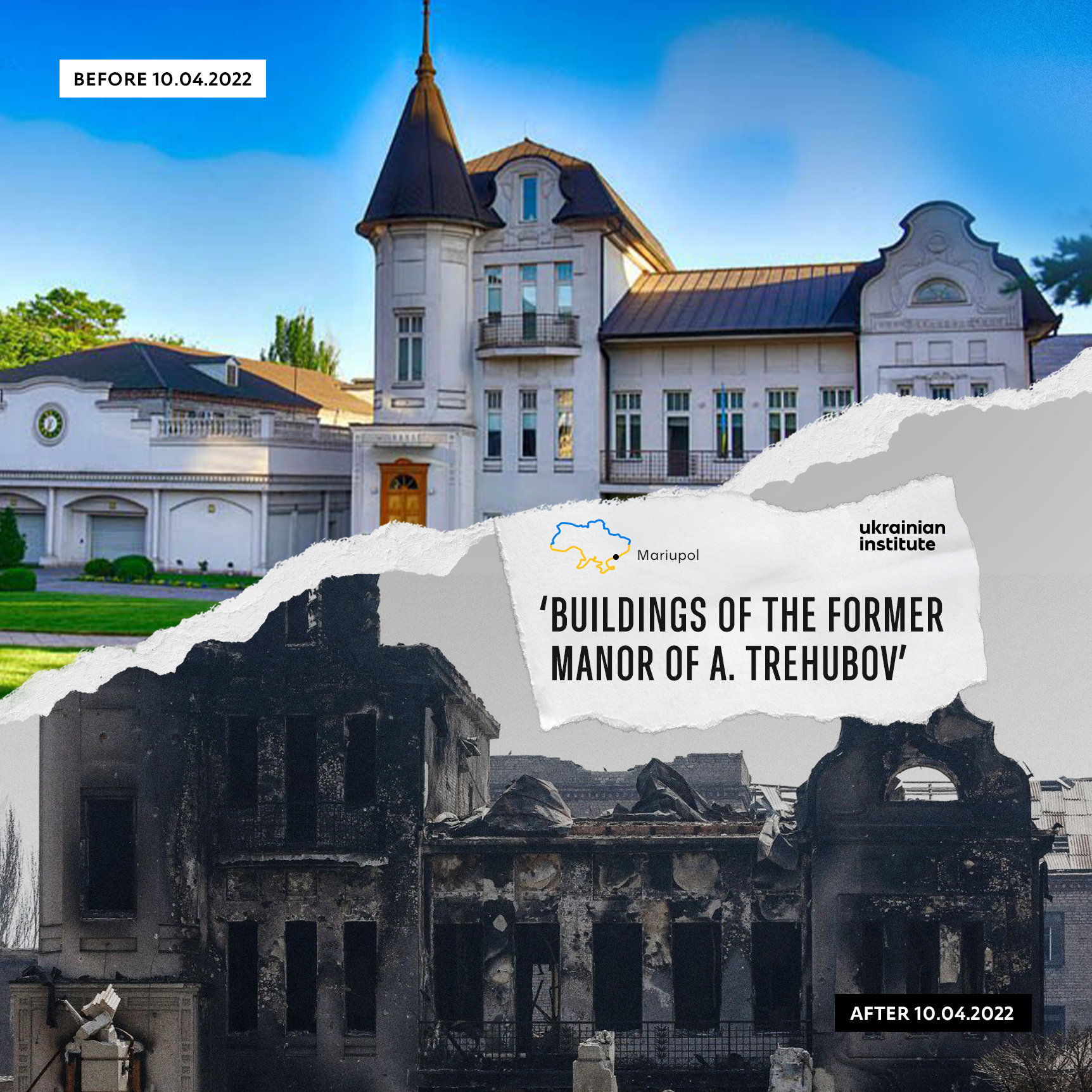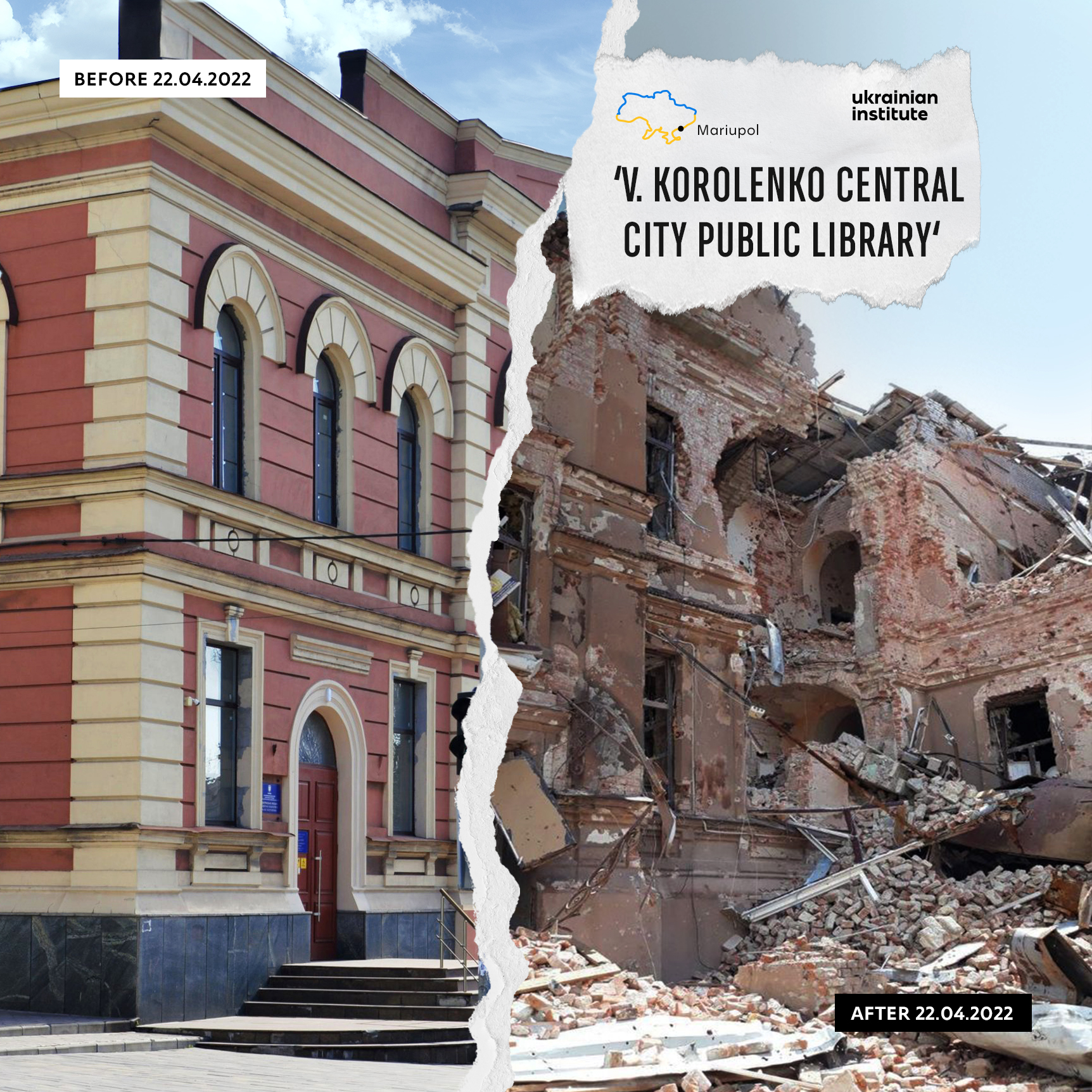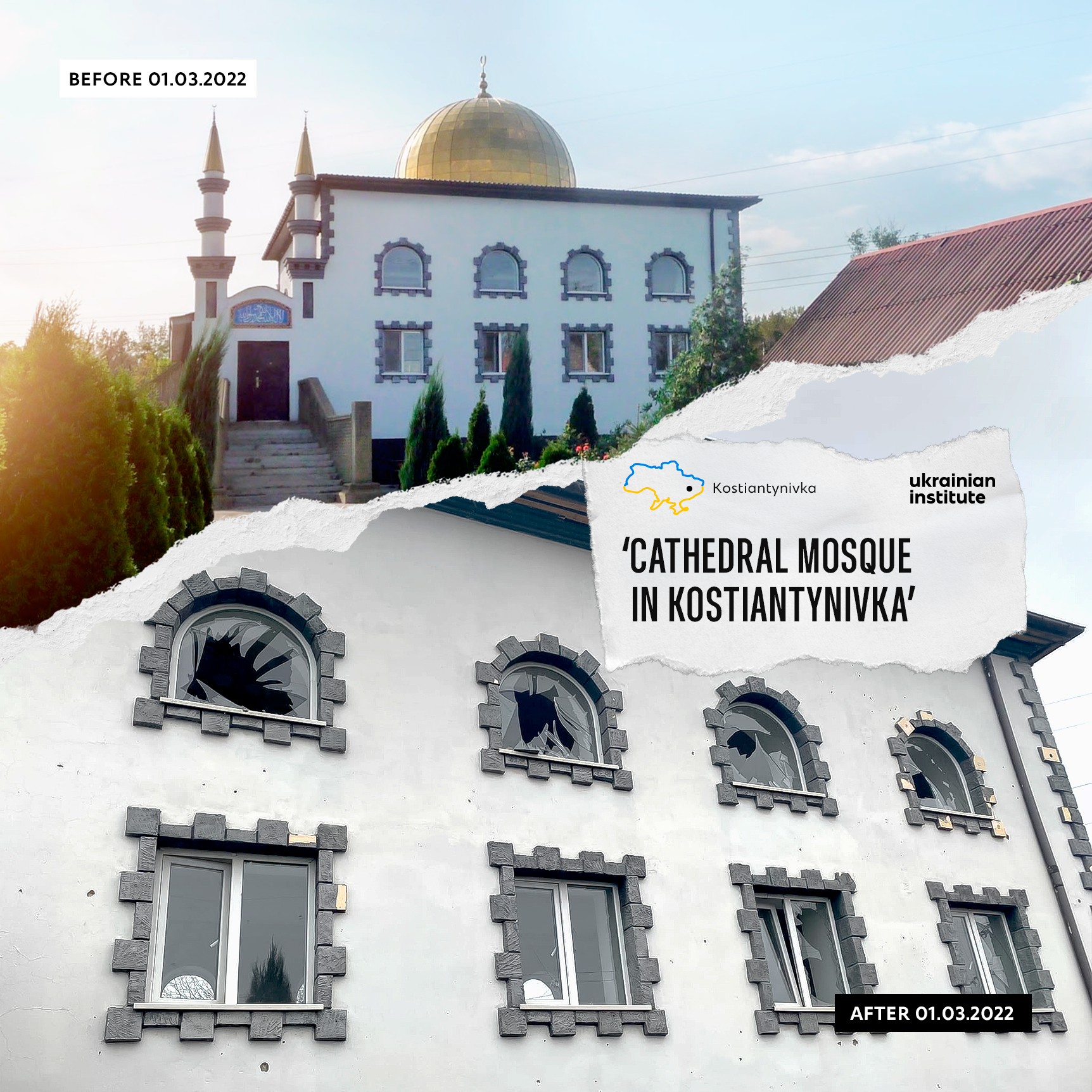

The only church in the world entirely decorated with Petrykivka paintings, an ancient style of folk Ukrainian decorative painting included in the UNESCO intangible cultural heritage.
The Cathedral of St. Petro Mohyla in Mariupol is the only church entirely decorated with Petrykivka paintings in the world. Petrykivka is an ancient style of folk Ukrainian decorative painting included in the UNESCO intangible cultural heritage. In addition, this place was also a cultural and educational hub, with a library containing rare Ukrainian books.
The church was erected in the early 20th century in the Art Nouveau style. Since the building was located next to a strategically important city port, it was not intended for church services at first and served only administrative functions. For the same reason, the German occupation forces established a commandant’s office here during World War II. After the de-occupation, the building housed the personnel department of the Mariupol port until the restoration of Ukraine’s independence in 1991.
The city community began to convert this place into a cultural and spiritual centre in the 1990s. The two-storey house was rebuilt into a three-storey asymmetrical one with two avant-corps. The in-built church with a three-level bell tower opened its doors to parishioners in 1998.
The newly established church was named in honour of Petro Mohyla, the Metropolitan of Kyiv, an outstanding politician and educator of the 17th century. Soon, a social canteen serving up to 300 people daily with hot meals was established there. Over time, numerous free clubs emerged on the two upper floors: a school of bandura playing and Ukrainian painting, a Ukrainian embroidery course, pysankarstvo (decorating Easter eggs with a wax-resist method), icon painting and singing, as well as an exhibition of Ukrainian national clothes, Ukrainian musical instruments, and household items of Ukrainian Cossack warriors. Additionally, English and Italian classes were offered here. Public activists, volunteers, and the city community initiated and implemented all these projects.
In 2020, the community conducted a fundraising campaign to adorn the cathedral with a 500-metre-long Petrykivka painting. Olha Cheromushkina, a Lviv artist, realised this idea. The artist decided to eschew the traditional red and yellow colours in favour of blue, the colour of the sea next to the church.
The library, named after the Ukrainian writer and dissident Vasyl Stus, became the heart of the cultural space at the cathedral. Vasyl Stus was illegally convicted and killed by the Soviet authorities in the 1980s. Thanks to the efforts of volunteers and benefactors, the library collected about 2,000 books in Ukrainian, including unique editions.
When Russian troops captured Mariupol and established an occupation regime during the large-scale invasion of Ukraine in 2022, the Cathedral of Petro Mohyla, the embodiment of Ukrainian cultural heritage, fell into ideological disfavour. In the same manner as the Nazis once burned books that contradicted their ideology, so now Russian troops apparently destroy everything that contradicts the myth created by Russian propaganda. Thus, the Russian army burned the library named after Vasyl Stus, which was evidence that Ukraine has its own historical path, unique language, and culture.
As for the church itself, the occupiers received an order from above to either remake it according to the standards of the Russian Orthodox Church or to demolish it, Ukrainian local authorities say.
The site that once held memories may now turn into a memory itself.

























